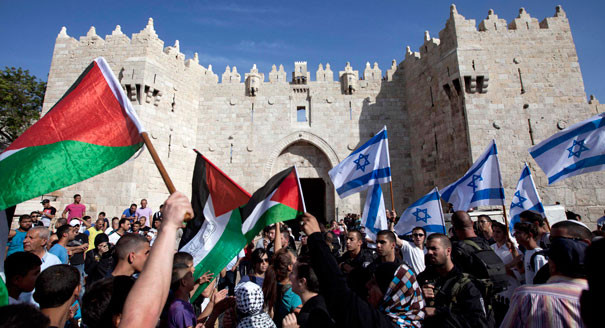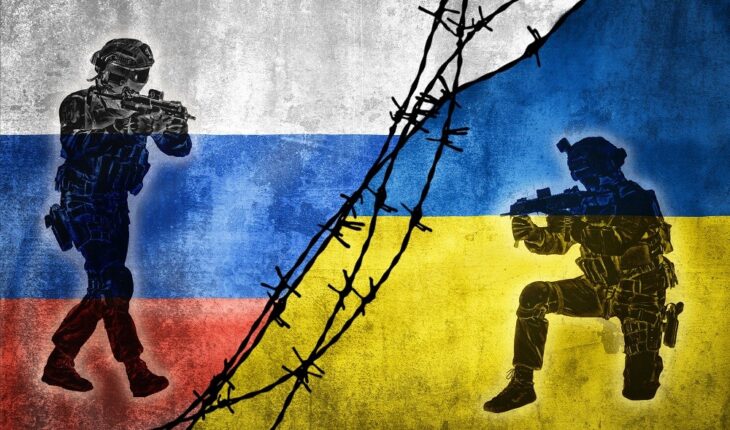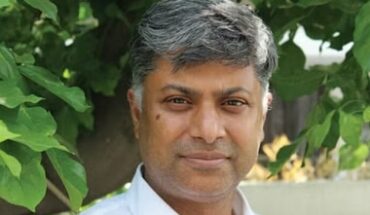The peace remains fragile in the two war theatres, the ongoing conflict between Russia and Ukraine, and the avoidable terrorist attack on Israel; and a much larger flare-up cannot be ruled out, if the ongoing peace initiatives of the US President, Donald Trump, fail to disengage the warring parties, warns a foreign-affairs expert in New Delhi.

Asked, whether these conflicts are as big tragedy as that of the WW-II , 1939-45, he stated, the implications of the conflicts need not be discussed in terms of the death-tolls and destructions of properties; on the other hand, the cumulative impacts of these tragedies are much larger, which could not be explained in the numbers of the war statistics.
Interestingly, there was near unanimity among the academicians and weather-beaten Indian diplomats that India should continue her cautious approach towards any peace initiatives. Indian PM Narendra Modi had already communicated his country’s anguish towards the avoidable wars at an Asian conference on an open international gathering before the Russian President, Vladimir Putin.
There is a general consensus among senior diplomats in New Delhi that in the case of the West Asian crisis, the UN should be assigned a key-role; but in the case of the Eastern European conflict, there are different layers of the conflicts deeply rooted in the history, religion and the psyche of the region.
Defining the Conflicts: The earth is witnessing a World War like situation for the past five years, initially, it had begun with an outbreak of the Covid-19, later, the Russian invasion of Ukraine to be soon followed by an unprecedented attack of the armed terrorists under the banner of the Hamas, an Iranian proxy, against Israeli civilians on a peaceful October morning. It is debatable whether the death toll has overtaken the violence, deaths and starvations suffered by mankind during WW-II years. In spite of Washington’s olive branch, the path to peace is much more challenging than bombing innocent civilians.
The ongoing conflicts, perhaps, could be traced to the sudden outbreak of Covid-19 pandemic causing unprecedented deaths across the continents. It, later, was traced to the experiments on the CoronaVirus, leaked from a Chinese facility at Wuhan, a joint secret China-US initiative. The French government had established the high-end research laboratory.
There appears to be a tacit understanding between the pharmaceutical giants, Microsoft founder, Bill Gates, and Beijing, to keep a lid on the research and its possible impacts. The information being made available in tits and bits as revealed before the US Congress that the US Government had okayed the research on the manmade virus. A Bill Gate video claims, later being denied, that these viruses were being developed to wipe out a substantial population of the earth, to make the planet habitable. However, the full details about these secret experiments are still wrapped in mystery.
It is no secret that during Trump’s first term, India had convinced Washington, perhaps, on the advice of Putin, not to “punish” China for the Wuhan leak. However, the US withdrew from the WHO for its inability to play any substantial role in tackling the pandemic.
Similarly, the cause of the recent ongoing conflicts in Eastern Europe could be traced to the ‘secret agenda’ Anglo-British agenda to wipe out the Russian influence in the region. The British were always keeping a close watch on the Russian emperors’ dream to expand their territories to the Hindukush or Khyber, the gateway to India. The USSR’s presence in Afghanistan during seventies and eighties forced the West to invoke Islam against the Communists. Later, the resurgence of the faith in Central Asia and Eastern Europe led to the decline of the USSR and its fragmentation.
The Russian provocation to invade its closest ally, Ukraine, in 2022, is also being explained to the expansion of NATO in Europe. Moscow considered it the West’s attempt to encircle it. It, however, has never been explained why the West was expanding NATO, a security alliance set up against the USSR, especially after the dissolution of the Warsaw Pact. The president of the successive Russian Federation, Yeltsin’s request for a NATO membership was also ignored.
It is necessary to study the background of the cause of the West’s anti-Russian policies, says a New Delhi scholar. In fact, he further explains that Trump’s worldwide peace efforts, which included immediate ceasefires in the war theatres of Eastern Europe and West Asia needs to be understood within a framework of a larger perspective. If Trump is facing a bit of non-cooperation from his European allies for ending the Eastern European War, China’s financial and strategic interests, if considered from a broader perspective, might be better served if the war continues. The immediate Russian provocation in 2022 could be attributed to the reports of violence against the Russian-speaking people in Ukraine.
In West Asia, the war had begun following the terrorists’ attacks on Israel.
Ground Realities: Trump’s peace mission, according to a number of scholars, perhaps is rooted in the ground realities. The stalemates in the peace negotiations to end the conflicts could be ended only after addressing the security concerns of the parties engaged in the conflict, according to the mandarins of the South Block in New Delhi.
It may be recalled that in his bid to honour his pre-election commitment for peace, Trump had intensified his ‘peace diplomacy’ immediately after his inauguration to the coveted office of the American President on January 20 in Washington this year.
In the case of ushering in permanent peace in West Asia, a strong UN initiative is expected within two months. However, the situation in Eastern Europe appears to be more complex, perhaps, the US is facing a trust deficit from its allies, especially the NATO members. In response to the ongoing stiff stand of the European Union, the Russian response towards peace negotiations are getting tougher with each passing day.
Trump’s Peace Plan: Within a few days after being sworn-in Washington, Trump had presented his long-awaited peace plan for the West Asian region on January 28, but peace is still being awaited in the region.
Trump’s plan has envisaged that Jerusalem would be retained by Israel as its capital and the West Bank would also be under Israel. Palestine, however, would be declared an independent country. The proposal was promptly rejected by the current Palestinian President, Mahmoud Abbas. It may be noted that since 1967, Israel had occupied the eastern wing of Jerusalem, Palestinians have been demanding that it should be accepted as the capital of the Palestinian state. It is not for the first time that some sort of accord was being suggested. Earlier, the Oslo Accord signed between the then leader of Palestine, Yasser Arafat, and the then Israeli Prime Minister, Yitzhak Peres, could not be fully implemented to this date, though they were honoured for this breakthrough with the Nobel Peace Prize in 1994.
On the face of it, Trump’s peace plan may not be fully satisfying to the parties engaged in the prolonged conflicts, but the other choice is much more dreadful.
Gopal Misra has been associated with national and international media. His books on journalism and geo-politics have been well-appreciated. Views are personal.






